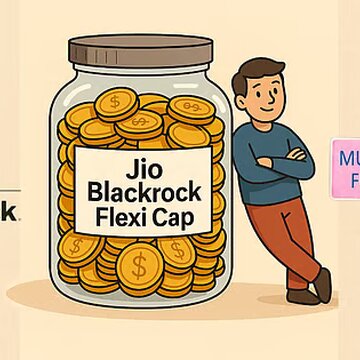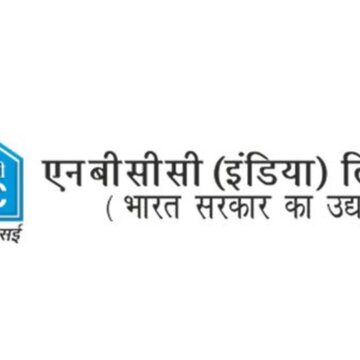IMF Chief, Kristalina Georgieva, glorified India during an address on Tuesday, October 14, pointing out several policies of the country as a bold move. She highlighted India’s aspiring implementation of Aadhaar (a digital identity program), the Unified Payments Interface (UPI), and the recent restructured GST slabs.
According to Financial Express, Kristalina Georgieva, IMF chief, said that, “Global growth is forecast at roughly 3% over the medium term – down from 3.7% pre-pandemic. Global growth patterns have been changing over the years, notably with China decelerating steadily while India develops into a key growth engine.”
Georgieva’s mentions in focus
Aadhaar: A major contribution to India’s digital revolution is the Aadhaar, which is also the world’s largest biometric identification system.
Unified Payments Interface (UPI): The nation has witnessed an exponential growth in the instant real-time payment system. UPI enables a flawless and low-cost digital transaction for the entire nation.
Goods and Service Tax (GST): The implementation of the GST have brought a multitude of central and state taxes into a single indirect tax. The recent restructuring of the GST slabs simplified the transparency between the government and the citizens and helped in the process of doing business with ease.
IMF’s repeated warnings to G20 to look at the debt issues
Georgieva on Monday said the IMF will constantly push the Group of 20 to prioritise the ongoing debt issues, as it is troubling the developing countries.
She also commented on the US tariffs, mentioning that they had been less significant than expected, but the chances of uncertainty are still there. IMF chief is repeatedly saying that countries need to be extremely focused on bringing the debt levels down, as currently debt is surging than growth, which brings a concern of financial downturn.
India’s economic outlook and potential risks
The IMF’s growth prediction for India remains positive, but certain external factors can be a risk for the driving factors. The imposition of US tariffs can be a significant threat to India’s export segment. India should work more on the infrastructure gaps and ensure inclusive growth to prove all negative claims to be false.











